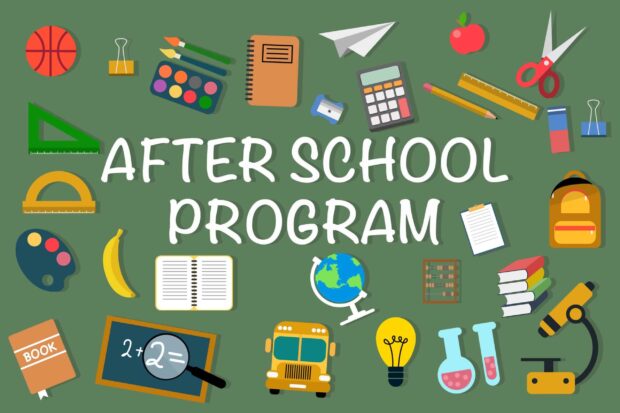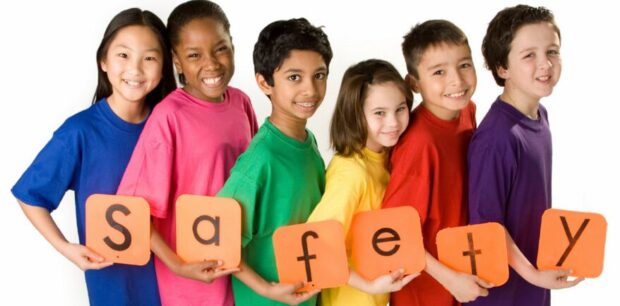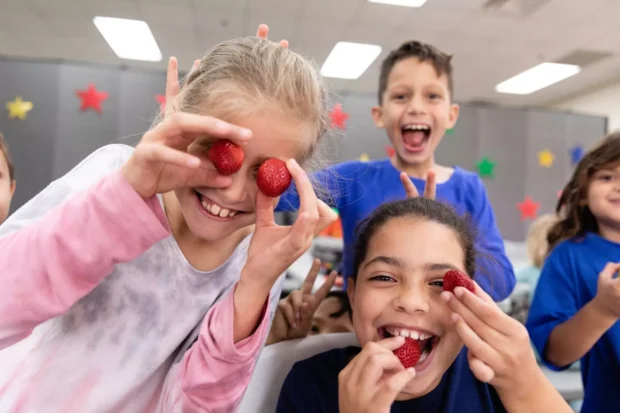After-school programs play a crucial role in students’ development by providing a structured environment where they can engage in academic support, physical activities, and social interactions. A well-balanced after-school program fosters creativity, responsibility, and personal growth while ensuring that students remain engaged and motivated.
Here’s a step-by-step guide on how to create a well-rounded after-school program that benefits students academically, socially, and emotionally.
1. Define the Goals and Objectives of the Program

Before launching an after-school program, it’s essential to establish clear goals and objectives. Consider the following questions:
- What are the primary needs of the students?
- Is the focus on academic support, enrichment activities, or social development?
- How will the program measure success?
Clearly defining these goals helps in structuring the program effectively and ensuring that it aligns with students’ developmental needs. Additionally, program administrators should involve teachers, parents, and students in this process to identify key areas that need attention. Gathering feedback from the community ensures that the program aligns with real-world student requirements rather than assumptions.
2. Offer a Variety of Activities
A balanced after-school program should cater to different interests and learning styles. The following categories can help maintain variety:
Academic Support
- Homework help sessions
- Tutoring in core subjects
- STEM (Science, Technology, Engineering, and Math) workshops
- Reading clubs
These activities help students reinforce what they learn in school and gain confidence in their academic abilities. Programs should provide experienced tutors and educators to facilitate effective learning sessions and ensure student progress is monitored through assessments.
Physical Activities
- Sports and fitness programs
- Dance and movement classes
- Yoga and mindfulness exercises
- Outdoor exploration activities
Physical activity is vital for students’ health and well-being. It promotes fitness, relieves stress, and helps in overall cognitive development. Schools can collaborate with local sports coaches to offer specialized training in various athletic disciplines.
Creative and Enrichment Activities
- Art and craft workshops
- Drama and theater programs
- Music and dance lessons
- Coding and robotics classes
Encouraging creativity helps students express themselves in non-academic ways. Art, music, and theater can be particularly beneficial for children who struggle with traditional learning methods. Coding and robotics are also excellent enrichment activities that introduce students to innovative fields of study.
Social and Life Skills Development
- Leadership training programs
- Conflict resolution and teamwork exercises
- Financial literacy classes
- Community service projects
Teaching essential life skills prepares students for future responsibilities. Leadership programs help students develop confidence, while financial literacy workshops introduce the basics of budgeting and saving money.
3. Create a Structured and Flexible Schedule
Balancing structure and flexibility is essential in after-school programs. A well-organized schedule provides stability while allowing room for students to explore their interests. A sample schedule might include:
- 3:00 – 3:30 PM: Check-in and snack time
- 3:30 – 4:30 PM: Homework help or tutoring
- 4:30 – 5:30 PM: Enrichment activities (e.g., arts, music, coding)
- 5:30 – 6:00 PM: Physical activities or free play
- 6:00 PM: Dismissal
Providing a predictable routine helps students stay focused while allowing them the freedom to choose activities that interest them. Additionally, programs should incorporate short breaks between sessions to help students recharge and maintain productivity.
4. Incorporate Social-Emotional Learning (SEL)

Social-emotional learning is a key component of a balanced after-school program. SEL helps students develop self-awareness, empathy, and communication skills. Incorporate activities that promote:
- Mindfulness and stress management
- Conflict resolution and peer mediation
- Emotional intelligence exercises
- Collaborative group projects
By focusing on SEL, after-school programs can help students build resilience and positive relationships with peers. These skills translate into improved classroom behavior and stronger academic performance.
5. Ensure Inclusivity and Accessibility
An after-school program should be accessible to all students, regardless of their background, abilities, or socioeconomic status. Consider these factors:
- Offer scholarships or sliding-scale fees for low-income families.
- Provide transportation options for students who need it.
- Accommodate students with disabilities by making necessary adjustments.
- Offer bilingual support for students from non-English-speaking households.
Inclusivity fosters a sense of belonging and allows every student to benefit from the program. Schools and organizations should also partner with local businesses and nonprofits to secure additional funding and resources for underserved students.
6. Engage Parents and the Community
Parental and community involvement enhances the effectiveness of an after-school program. Ways to involve parents and the community include:
- Hosting parent engagement nights
- Inviting local professionals to mentor or conduct workshops
- Partnering with community organizations for additional resources
- Creating volunteer opportunities for parents and guardians
Strong partnerships between schools, families, and the community ensure that students receive comprehensive support. Parents should be encouraged to actively participate in their children’s after-school activities to reinforce learning at home.
7. Prioritize Safety and Supervision

Student safety is paramount in any after-school program. Implement the following measures to create a secure environment:
- Conduct background checks for all staff and volunteers.
- Establish a strict check-in and check-out process.
- Maintain appropriate student-to-staff ratios.
- Provide first-aid training for staff members.
- Develop emergency response plans.
Ensuring a safe and well-supervised space allows students to thrive without concerns for their well-being. Regular safety drills and ongoing staff training should be a mandatory part of the program’s operations.
8. Regularly Evaluate and Improve the Program
Continuous assessment helps maintain the effectiveness of the after-school program. Evaluation strategies include:
- Collecting feedback from students, parents, and staff
- Monitoring student progress and engagement
- Conducting surveys to identify areas for improvement
- Reviewing attendance and participation rates
Use this data to refine the program and introduce new elements that align with students’ evolving needs. Regularly updating the curriculum and incorporating the latest educational trends will keep the program relevant and impactful.
Conclusion

A well-balanced after-school program offers a blend of academic support, physical activities, creative expression, and social-emotional learning. By setting clear goals, providing a structured schedule, ensuring inclusivity, and continuously improving the program, educators and organizers can create an enriching experience that fosters students’ overall development. Implementing these best practices will ensure that students not only succeed academically but also grow into well-rounded individuals ready to face the challenges of the future. When thoughtfully designed and consistently refined, an after-school program becomes a valuable extension of classroom learning, equipping students with skills that last a lifetime.
 Jewel Beat
Jewel Beat

